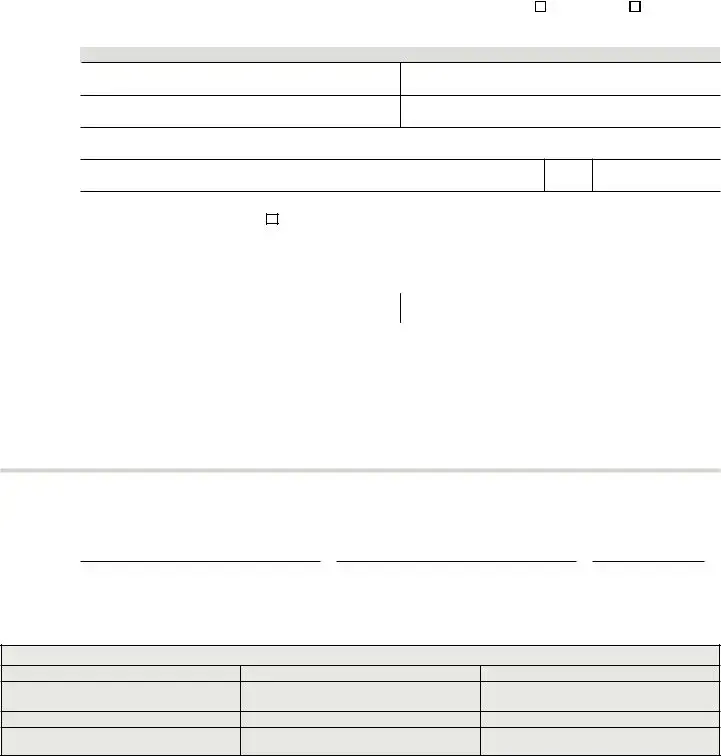What is the Arizona 650A form used for?
The Arizona 650A form is a document that entities use to report abandoned or unclaimed property to the Arizona Department of Revenue's Unclaimed Property Section. This includes funds or assets considered dormant under state law, like bank accounts, uncashed checks, or stocks that have had no activity or contact from the owner for an extended period.
Who needs to file the Arizona 650A form?
Any entity, such as businesses, financial institutions, or insurance companies, in possession of assets presumed abandoned or unclaimed by their owners must file the 650A form. This obligation applies to entities holding property that belongs to another party, where the owner has not asserted ownership, communicated about the property, or conducted transactions regarding the property within the timeframe specified by Arizona law.
What details are required when submitting the Arizona 650A form?
When completing the 650A form, entities must provide comprehensive information, including the entity’s name, Federal ID number, state and date of incorporation, and details regarding the type of report being filed (such as an annual report or life insurance). The form also requires information about the contact person for the entity, a summary of abandoned property, and certifications regarding the accuracy of the reported information and compliance with notification requirements.
Is there a deadline for submitting the Arizona 650A form?
Yes, the Arizona 650A form must be submitted according to the deadline set by the Arizona Department of Revenue. Generally, entities are required to file this form annually; however, the specific deadline can vary. It’s essential to check with the Arizona Department of Revenue or its official website to confirm the current filing deadline.
Can I submit properties worth less than $50 using the Arizona 650A form?
Absolutely, properties valued under $50 can and should be reported using the Arizona 650A form. The form specifically requests entities not to aggregate these smaller amounts in their reports, indicating each should be listed separately to ensure accurate and individual reporting for each property, regardless of its value.
What happens after submitting the form?
After submitting the form, the Arizona Department of Revenue's Unclaimed Property Section processes it. This may include verification of the information, correspondence with the entity for clarification, and ultimately, steps to locate and notify the rightful owners or heirs so they can claim their property. Entities may be contacted for additional information or documentation as needed.
Where do I send the completed Arizona 650A form?
The completed Arizona 650A form should be mailed to the Arizona Department of Revenue, Unclaimed Property Section at 1600 West Monroe Street, Phoenix, AZ 85007. It’s important to ensure that all necessary schedules and documentation are included with the form to avoid delays in processing.

 1600 West Monroe Street, Phoenix, AZ 85007
1600 West Monroe Street, Phoenix, AZ 85007